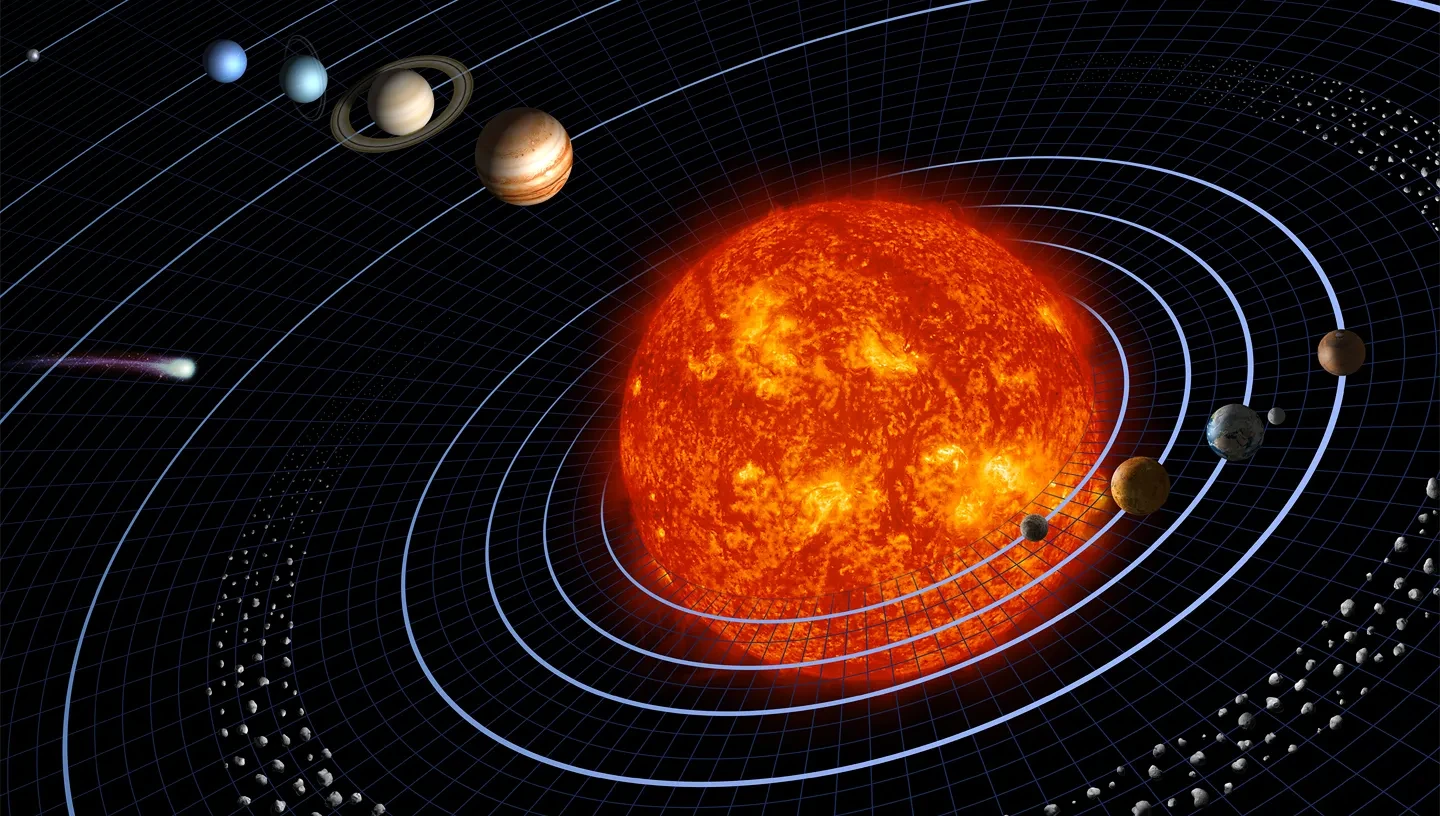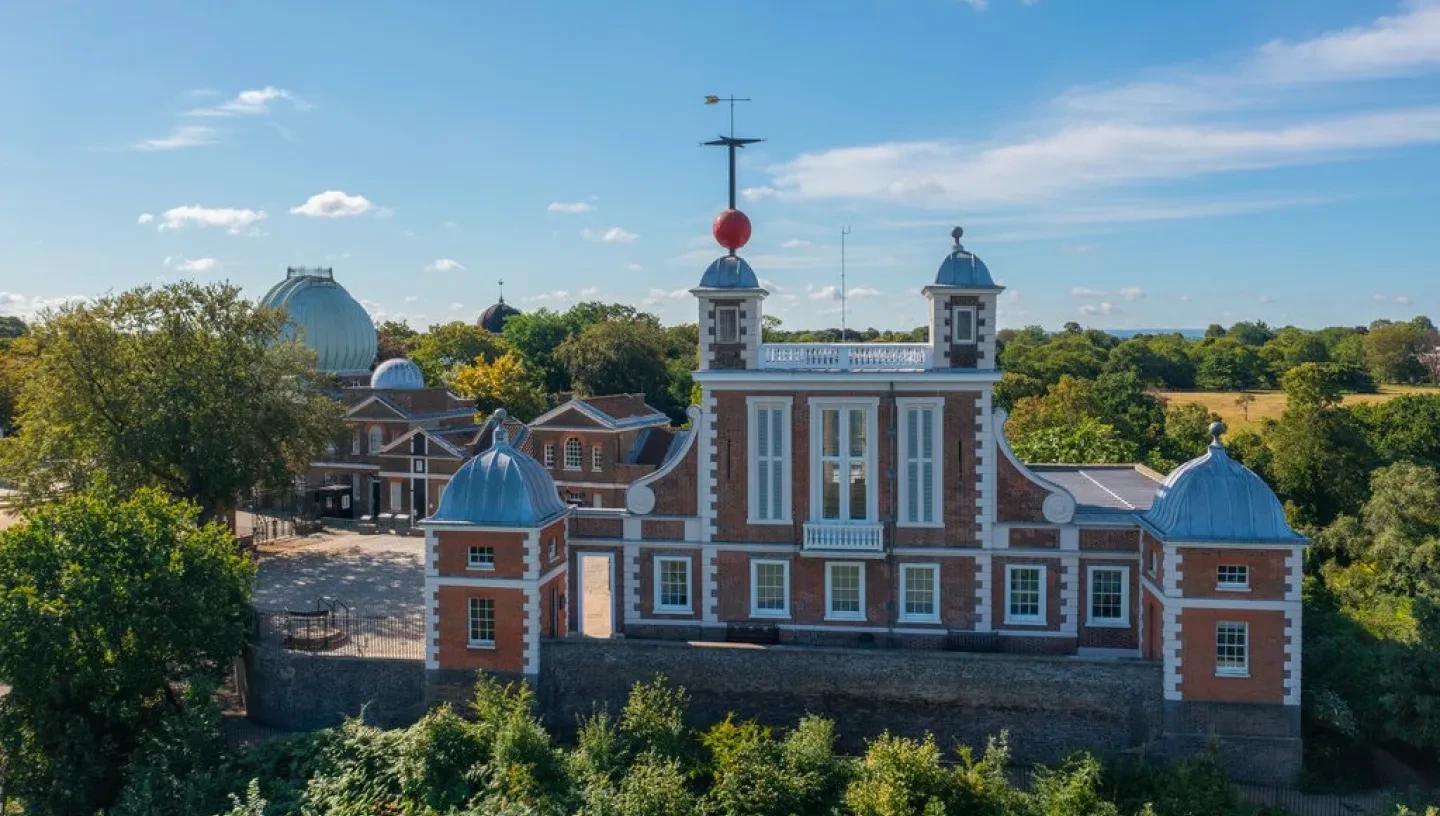
Our Solar System contains planets, comets and asteroids all of which travel around our star, the Sun.
Until 2006 nine main planets were listed, but under the current classification there are now only eight main planets and five 'dwarf planets': Pluto, Ceres, Eris, Haumea, and Makemake.
The Sun is the centre of our Solar System. The mass of the Sun alone is one thousand times the mass of all the rest of the Solar System put together.
Why do the planets orbit the Sun?
The planets move like this because of the gravitational pull of the Sun (caused by its huge mass). Without this force, the planets would drift off into space.
Which way do the planets go around the Sun?
Viewed from high above the Earth's north pole, the planets move in an anticlockwise direction around the Sun. Our moon also orbits the Earth in an anticlockwise direction.
How long do the planets take to complete an orbit of the Sun?
The further away from the Sun a planet is, the longer it takes. The Earth takes one year to orbit the Sun. Mercury (the closest planet), goes around the Sun about four times as fast.
How far away are the other planets?
The Earth's distance from the other planets depends where they are in their orbits. The closest that Earth gets to Mars is about 57 million kilometres. However, when Earth and Mars are on opposite sides of the Sun, the distance between them is about 400 million kilometres.
Has anyone ever been to another planet?
Robot spacecraft have flown past all the major planets, and probes (but not people) have landed on Venus, Mars and Saturn's moon Titan.
What are asteroids?
They are rocky lumps of material, sometimes known as the minor planets. Most asteroids lie between Mars and Jupiter. The biggest known asteroid (Ceres – classified as a dwarf planet in 2006) has a diameter of about 1,000 kilometres.
What are comets?
Comets are a bit like giant dirty snowballs with diameters between 5 and 50 kilometres. Most of them have highly elliptical orbits. As they get closer to the Sun, the icy layers start to melt and vaporize, leaving behind a trail of material which is seen as a tail.
